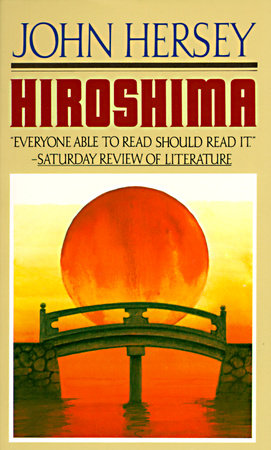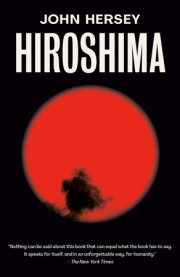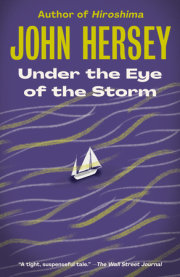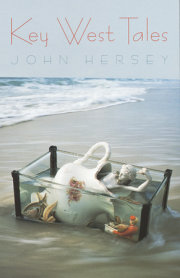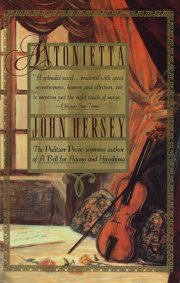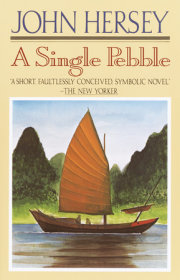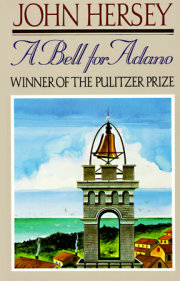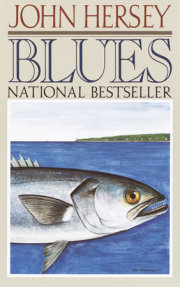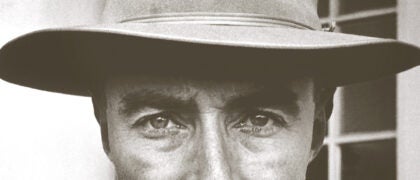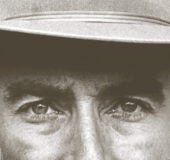In Theaters July 21 – Oppenheimer
Based on the Pulitzer Prize-winning book, American Prometheus, Oppenheimer is the true story of the development of the atomic bomb in WWII and the man at the center of it all who found himself destroyed by his own horrific weapons of devastation. Shot in the towering IMAX format, Oppenheimer promises to transport audiences directly into




